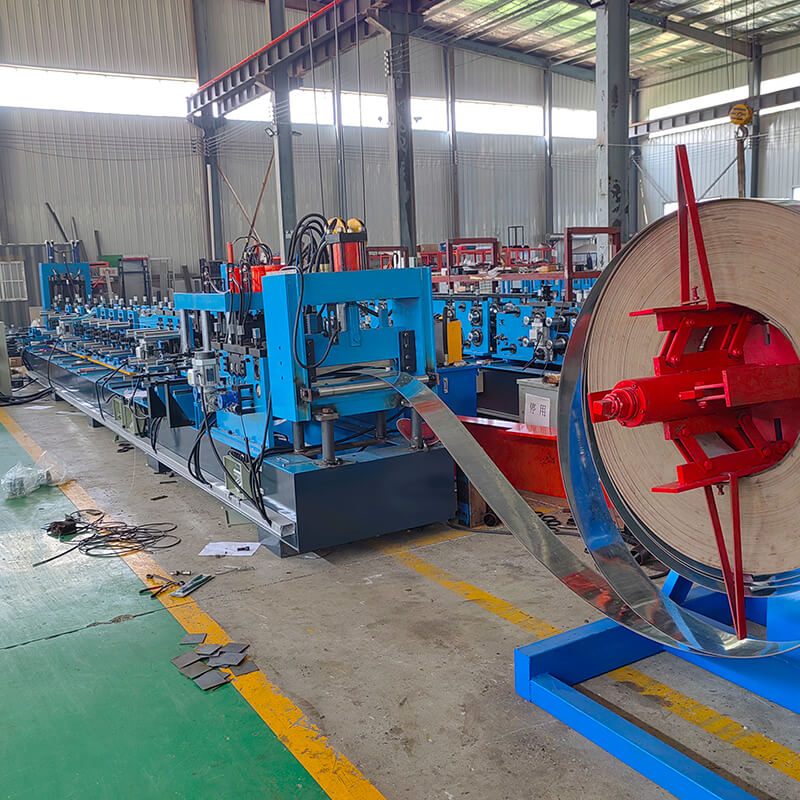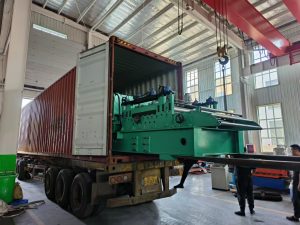roof panel roll forming machines are essential for manufacturing high-quality metal roofing sheets with efficiency and precision. These machines are widely utilized for producing corrugated sheets, trapezoidal sheets, and metal roofing panels used in various construction projects. In this article, we will delve into the structure, workflow, and forming principle of a roof panel roll forming machine, providing you with a comprehensive understanding of its functionality and significance in metal sheet production.
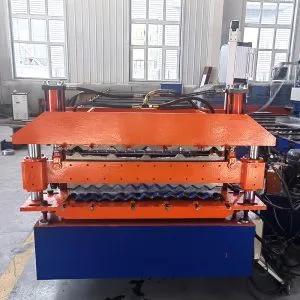 |
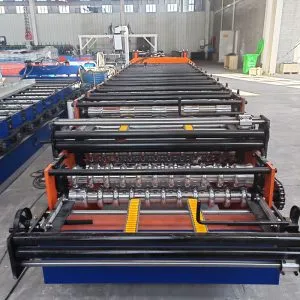 |
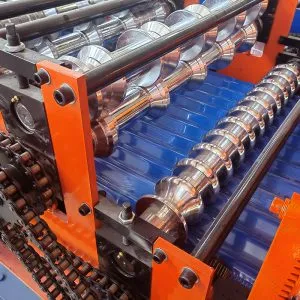 |
Structure of a Roll Forming Machine
A metal roofing sheet machine comprises several critical components, each playing a vital role in ensuring smooth and efficient sheet processing:
- Decoiler – Holds and unwinds the metal coil, maintaining a steady and controlled feed into the machine.
- Feeding System – Aligns and guides the metal sheet into the roll forming unit, ensuring precise positioning.
- Roll Forming Unit – The core section where multiple roller stations gradually shape the metal sheet into the desired profile with high accuracy.
- Hydraulic Cutting System – Precisely cuts the formed sheets to the required length without interrupting production, ensuring continuous operation.
- Control System (PLC) – An advanced programmable system that automates operations, optimizing speed, cutting length, and sheet profile consistency.
- Output Table – Facilitates the collection, stacking, and packaging of finished roofing sheets for easy handling and transportation.
Workflow of a Roof Panel Roll Forming Machine
The roofing sheet manufacturing process follows a streamlined workflow designed for efficiency and precision:
- Material Loading: The metal coil is mounted onto the decoiler, preparing it for processing.
- Feeding & Alignment: The sheet is guided through the feeding system to ensure correct positioning before entering the roll forming unit.
- Roll Forming Process: The sheet gradually takes shape as it passes through a series of rollers that incrementally form the required profile.
- Cutting to Length: A hydraulic cutting system trims the sheet to the specified size with precision, ensuring uniformity.
- Finished Product Collection: The formed sheets are automatically stacked for storage, transportation, or further processing.
Forming Principle of Roll Forming Machine
The roof panel roll forming machine operates on the principle of continuous bending. The metal sheet is shaped progressively through multiple roller stations, each incrementally adjusting the material to achieve the desired profile. Unlike traditional bending techniques, roll forming offers numerous advantages:
- High-speed production with minimal material waste.
- Consistent and precise sheet profiles suitable for large-scale manufacturing.
- Reduced material stress, preventing cracks, warping, or deformations.

